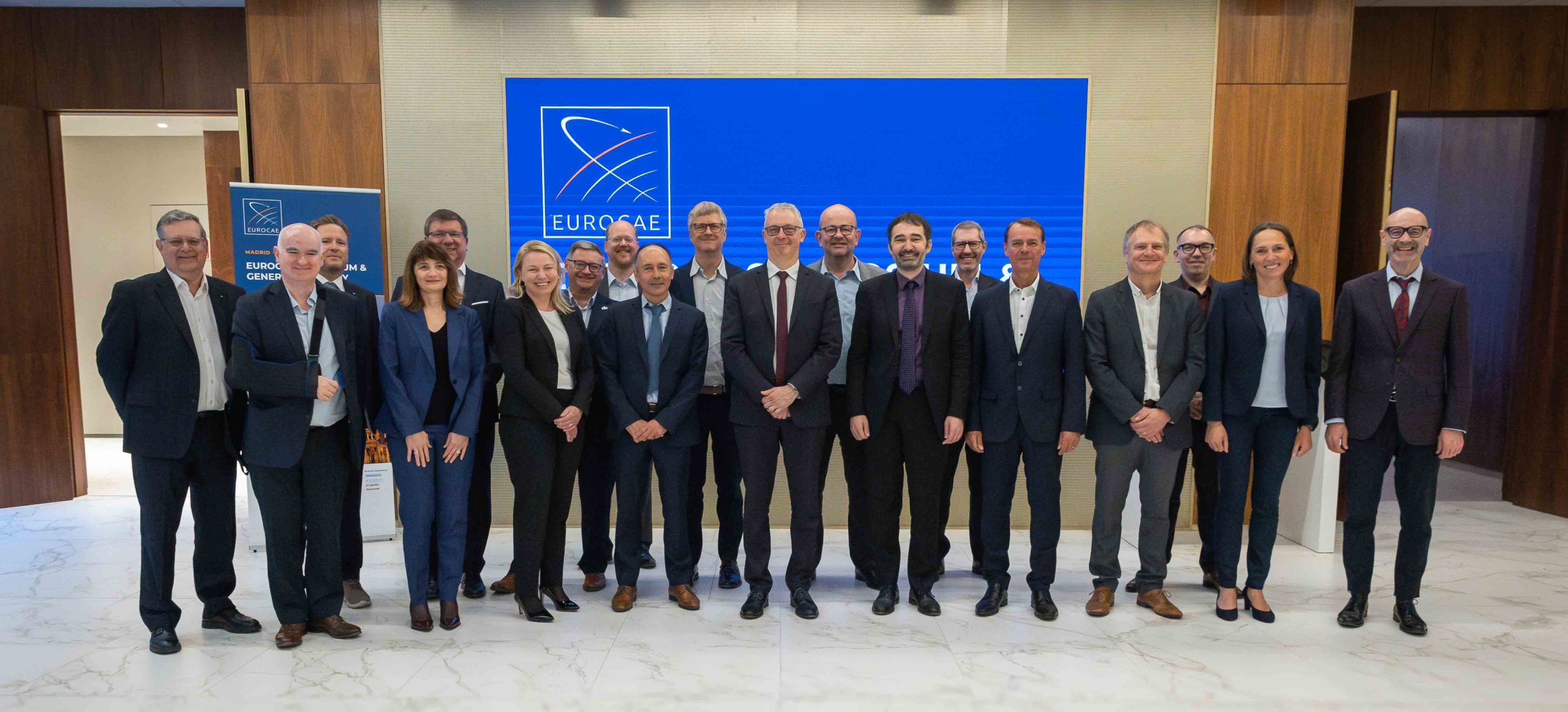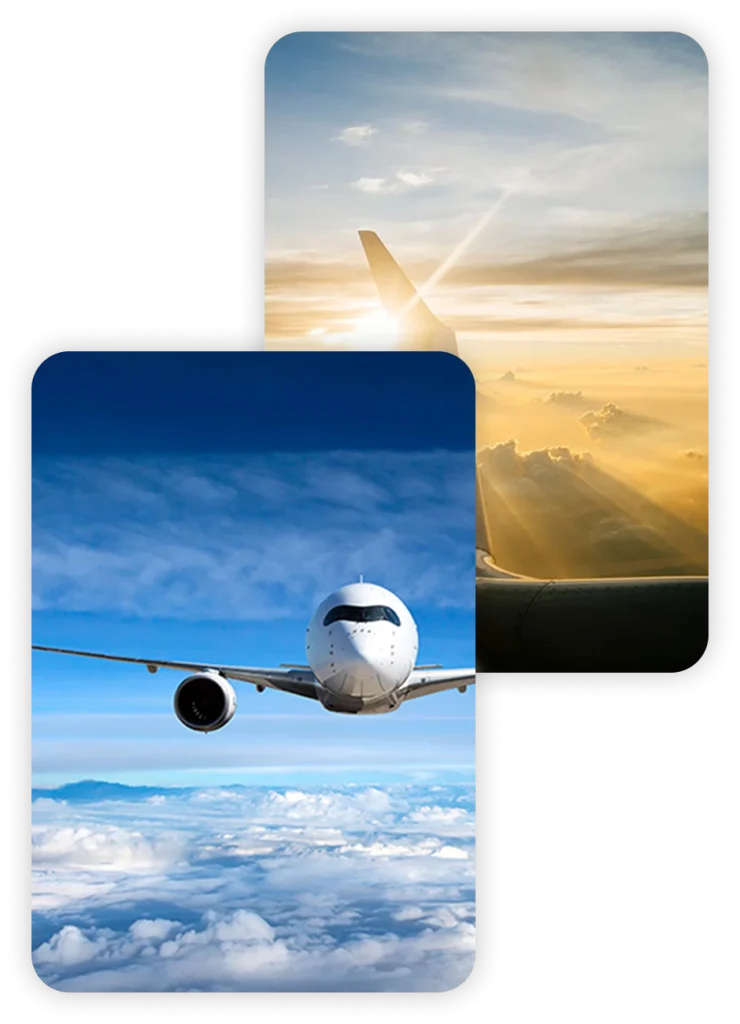EUROCAE’s Governing Bodies, including the Council and TAC, provide strategic direction, oversee the Technical Work Programme, and promote industry collaboration.

Since its founding in 1963, EUROCAE has been at the forefront of aviation standardisation, uniting manufacturers, operators, regulators, and industry experts to develop high-quality, internationally recognised standards. As a non-profit association, our mission is to enhance safety, efficiency, and interoperability across the global aerospace sector.
The General Assembly is the highest level of authority of EUROCAE, where all members are represented. It is in charge of all fundamental decisions related to the Association. The General Assembly elects the Council and delegates the development of the strategy and the oversight of the Association to the Council.
The Council is the governing body of the Association. It is chaired by the President.
Members of the Council are elected annually by the General Assembly from a list of candidates from Full Member organisations.
The Council develops the strategic orientations of the association, defines the objectives and the general frame of action of EUROCAE through the approval of the yearly Business Plan, budget and Technical Work Programme.
The Council meets at least four time a year, normally at the EUROCAE premises. Council members consider the interest of the whole EUROCAE membership when executing their function.


In addition to advising the Council on technical, operational, and, when requested, policy matters, the TAC also provides recommendations on the initiation and evolution of standardisation activities—primarily through the review and approval of Working Groups’ work programmes.
The TAC is composed of subject matter experts representing the diverse domains of interest across the entire EUROCAE membership. All TAC members — including the Chair and Vice-Chair — are appointed by the Council for a renewable three-year term. The Director General serves as a permanent member of the TAC.
TAC meets several times, in synchronisation with the Council meetings to allow a fast flow of information and decision. During its meetings, the progress of the Working Groups is monitored and the evolution of the international regulation, standardisation and R&D activities (e.g., RTCA, EASA, SESAR, ICAO) is analysed. This work is done in close cooperation with the Secretariat, but to establish a more direct and personal interaction with the WGs, WG leaders are often invited in TAC meetings.
Most intense debates happen at the start of new WGs, or follow-up work for existing WGs, making sure the proposed initiatives align with the activities of other bodies and with the needs of the European and global aviation community. It is also paramount to avoid gaps and duplications, and to make best use of scarce resources of members.
Once a year, the collective expertise of TAC members is brought into the EUROCAE Technical Work Programme (TWP). This programme captures the scope of EUROCAE work into 11 domains and considers the development in each domain to plan possible future work for EUROCAE (three to five years in advance). The TWP is approved by the Council and then provides the basis for future activities.
The TAC is quite a unique concept in Standard Developing Organisations (SDOs). At EUROCAE, the technical expertise of its various aeronautical industry stakeholders is bundled in TAC. This has its merits, as TAC ensures from the outset that prospective work is aligned with EUROCAE members’ interests. An additional benefit is having representatives of key European aviation organisations in TAC (e.g., SJU, EASA, EUROCONTROL) to align work with SES development in Europe. Via the Director General and direct contact with RTCA, SAE and ICAO, the transatlantic alignment of work can be assured as well. Close coordination between Secretariat, TAC and Council leads to an efficient and well-balanced operation of the organisation.
In a nutshell, the strength of TAC for EUROCAE is to focus standardisation work on the interests and usefulness for its stakeholders, in coordination with external forces and regulatory bodies.